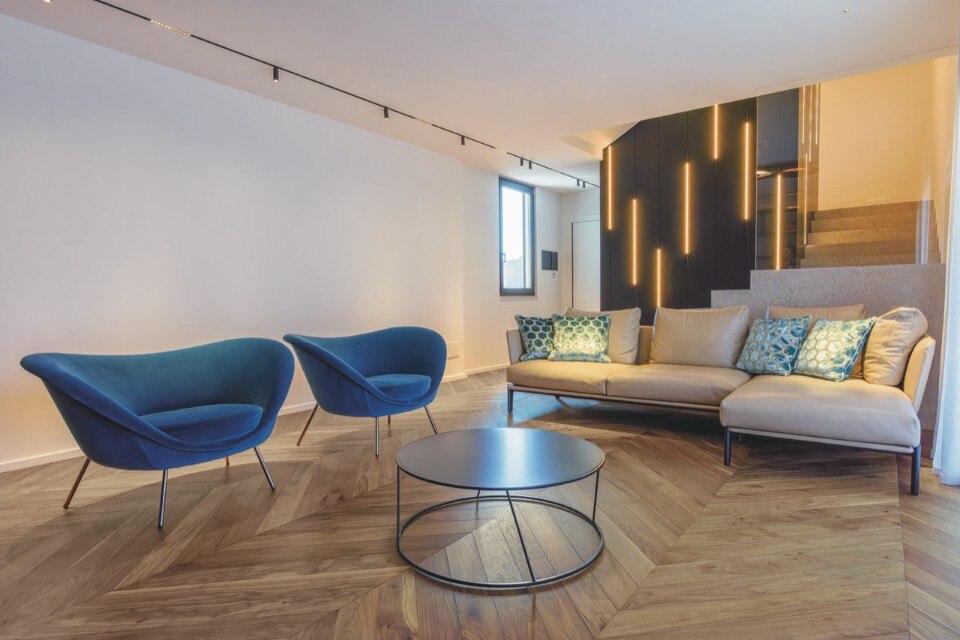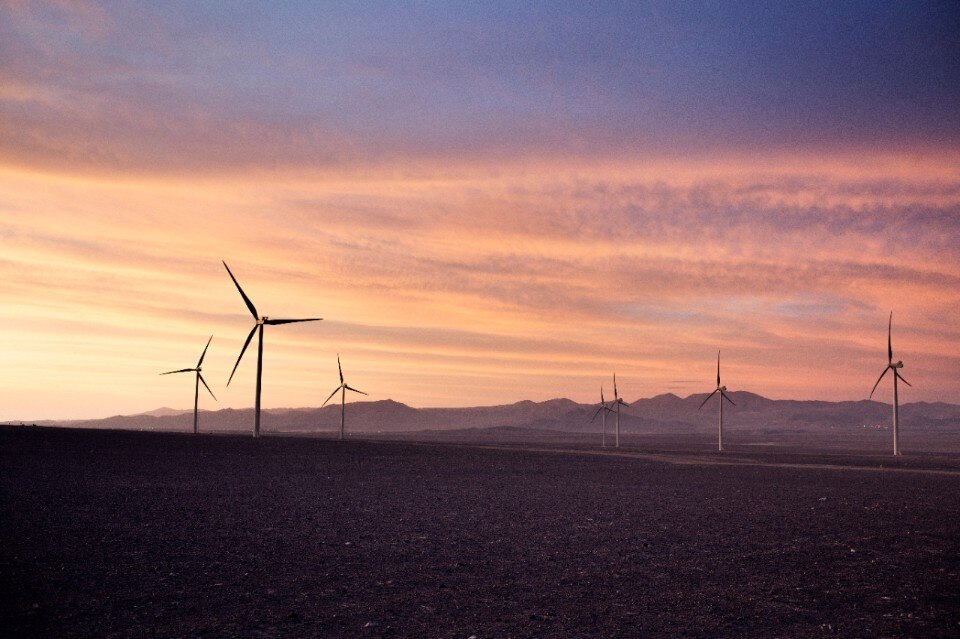Sunglasses, drink in hand, mattress like a Dustin Hoffman “towering” in the sun-kissed swimming pool (to the rhythm of “The Sound of Silence”): this is the image that perhaps in this period of summer heatwave many are yearning for, trudging ever more laboriously through the chaotic and fractious cities. Because a dip in the water, or for the more static, even a convivial break to relax by the pool, not only balances the basal temperature but also reconciles the moods, between a swimming stroke and an aperitif, between the taste of chlorine and the scent of sun cream.
The history of architecture holds a rich and varied trove of outdoor pools, celebrating, in their individual diversity, a multifaceted symbol of sport and fatigue, socialisation and leisure, well-being and opulence. From urban public swimming pools, lively centres of exchange and sociability literally invaded by those confined within the city walls (Argelati, Romano, Bagni Misteriosi in Milan; Camillo Botticini in Brescia); to those in scenic holiday resorts (BBPR in Gabicce, Matteo Thun in Merano) and in contexts where the architectural structures are as spectacular as the natural landscape that hosts them (swimming pools at the Hotel Tremezzo on Lake Como, at the Hotel Hubertus in Alto Adige, the Hotel Rome Cavalieri in Rome); to the domestic ones, where the lucky owners need do no more than take a few steps in their bathrobes in the garden to immerse themselves in bliss (Pietro Porcinai at Villa La Terrazza); to the thermal ‘pools’ created not by the hand of man but of nature: in any case, water always has something profoundly cathartic and reconciling, so that sometimes one comes to think, as Mr G. said. , “I, who look at it all drowsy, would take a dip in it all dressed up”.

A home where wood is synonymous with innovation
Is there such a thing as a fine and enveloping parquet, warm and refined, but also easy to install and sustainable? The answer comes from Garbelotto.





















